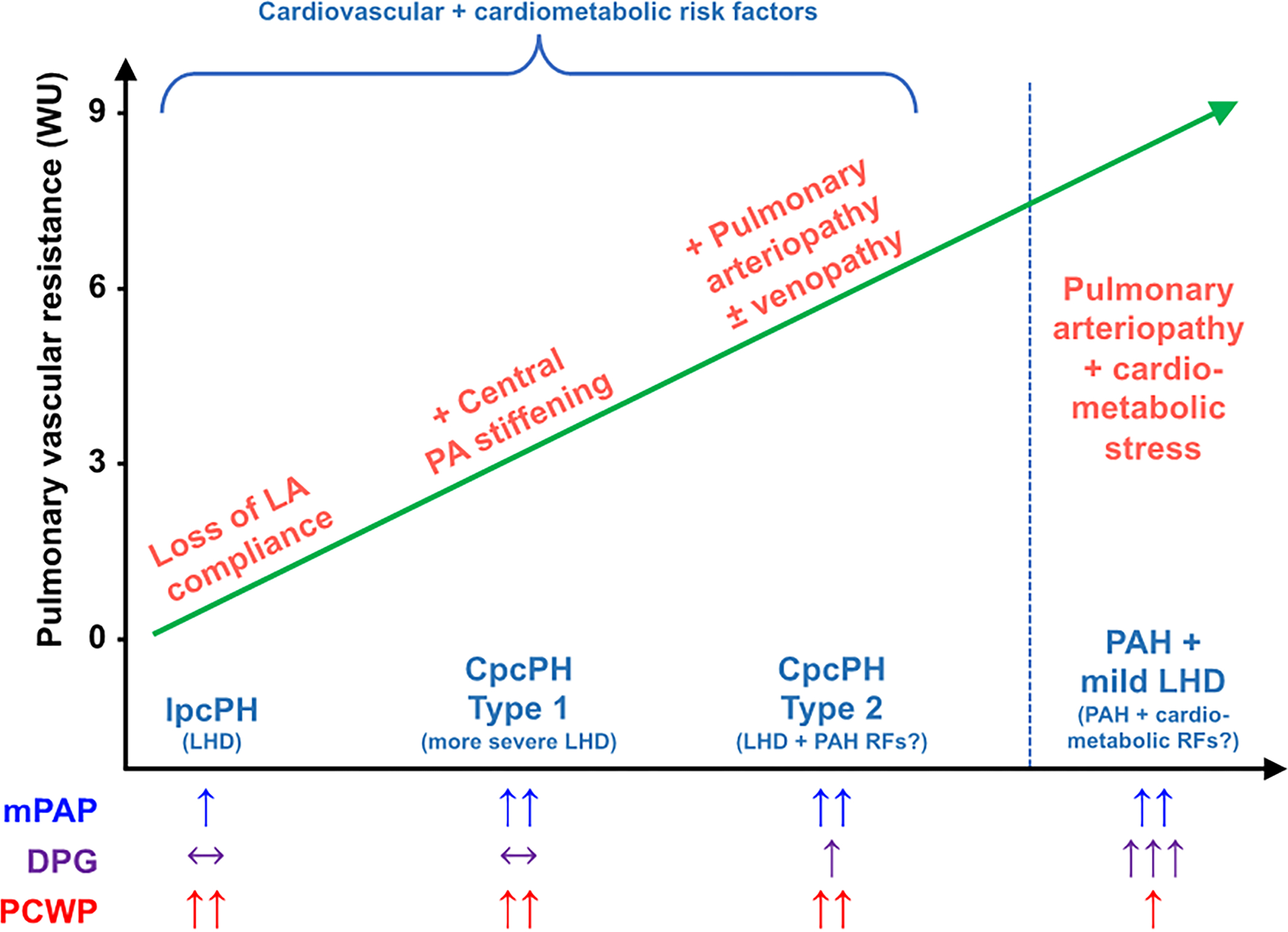Figure 1. Hemodynamic Phenotypes of Pulmonary Hypertension in Left Heart Disease.

The current understanding of PH-LHD is a progressive worsening of PH starting with Ipc-PH with the ultimate development of Cpc-PH. However, the degree of elevation in PVR in a patient with LHD likely depends on both severity of LHD and the presence of risk factors for PAH. If risk factors for PAH are present, PVR will likely be higher, and Cpc-PH will be more severe. Alternatively, there are some patients who have very high PVR and DPG with only mildly elevated PAWP. These patients likely have predominant PAH but have cardiometabolic risk factors. Technically these patients would be classified as PH-LHD due to the elevated PAWP, but from a phenotypic standpoint are much more similar to Group 1 PAH.
Ipc-PH: isolated post-capillary pulmonary hypertension; Cpc-PH: combined pre and post capillary pulmonary hypertension; LHD: left heart disease; PAH: pulmonary arterial hypertension; RF: risk factors; mPAP: mean pulmonary artery pressure; DPG: diastolic pressure gradient; PAWP: pulmonary artery wedge pressure; LA: left atrial; PA: pulmonary artery
